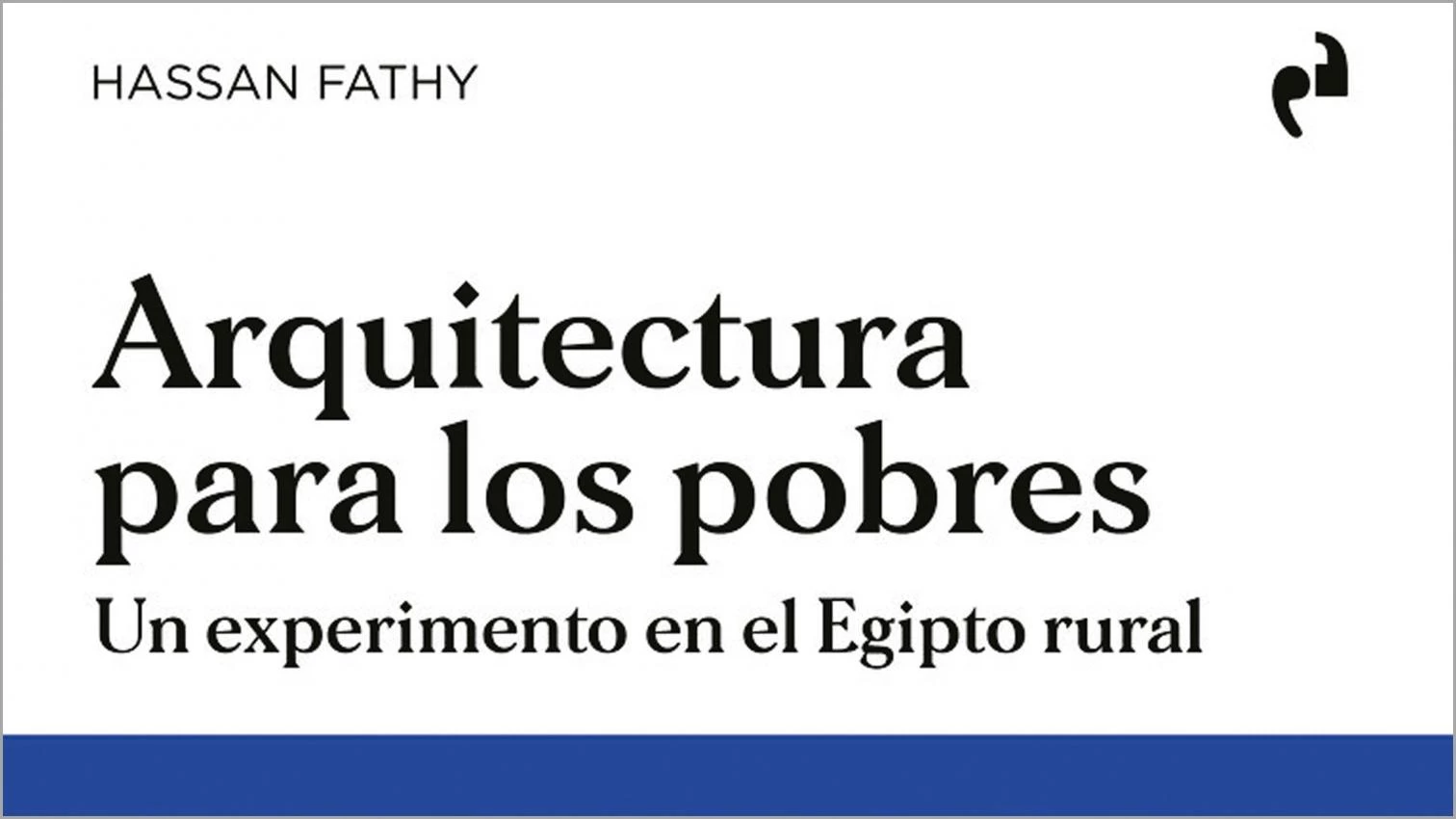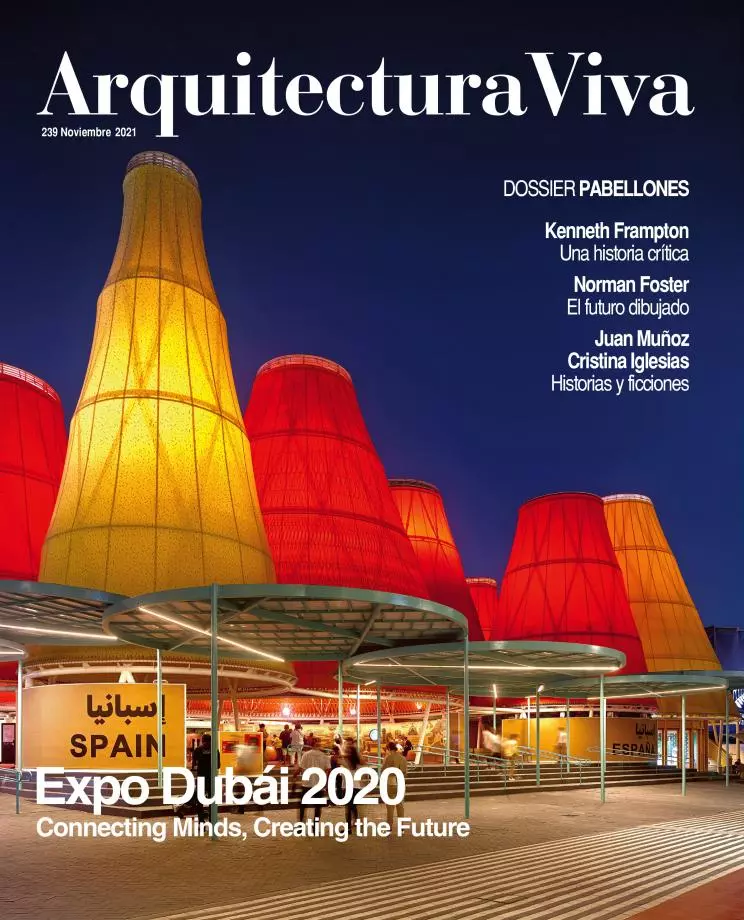
Hassan Fathy is Egypt’s most famous architect, barring Imhotep, but is still rather unknown in Spain, where his projects are treated with the paternalism that critics tend to apply on anything exotic, or the exaggerated admiration of those professing the religion of sustainability.
So it’s good that the publishers Juan García Millán and María Hernández took on the challenge of giving us the real Fathy by translating his 1973 book Architecture for the Poor: An Experiment in Rural Egypt.
After World War II, the Egyptian government assigned Fathy to build a desert village, New Gourna, where a troublesome group of grave robbers could resettle. Armed as much by his traditionalist training as by his interest in the social aspects of the Modern Movement, Fathy designed a utopia of orden and beauty that somehow recalls Spanish colonial towns, and through it discovered the principles he would uphold throughout his long career: learning from history, typological reinvention, use of passive climate-control stragies, and social sensitivity; all this in a poetic of the essential where the use of mud (for Fathy a material and aesthetic constant since the Pharaohs) comes to symbolize a design attitude based on what’s appropriate: forms and skills which, precisely because they are feasible and grounded on tradition, can be beautiful.
Corruption and bureaucracy made the real New Gourna pale in comparison with the one Fathy envisioned, but we have this indispensable testimony of an extraordinary vernacular utopia.






